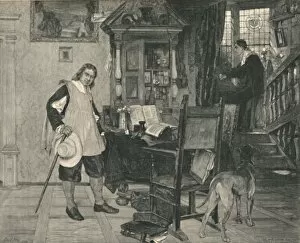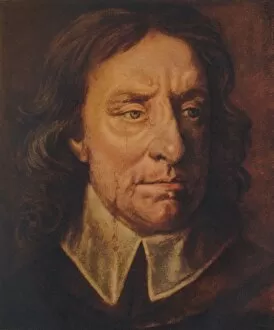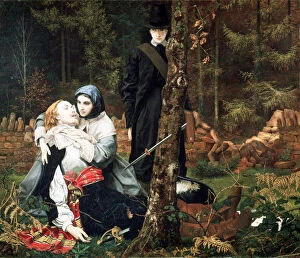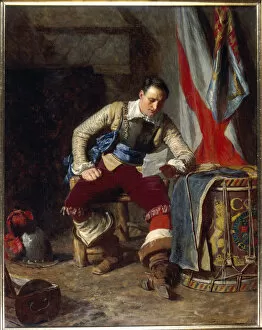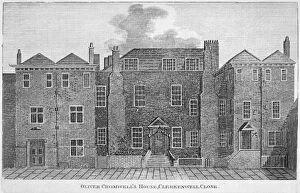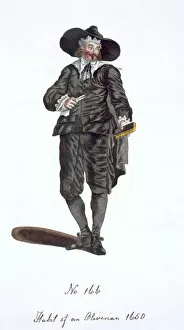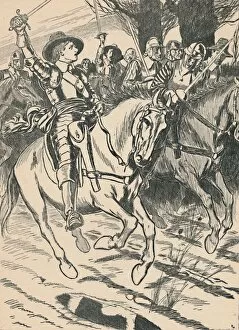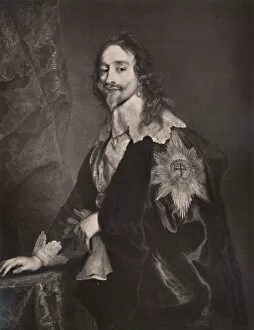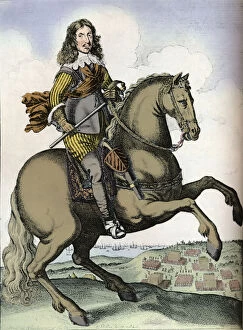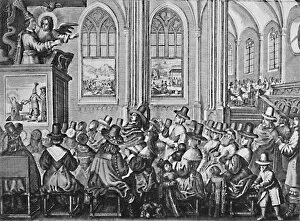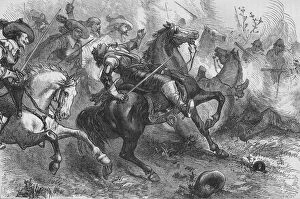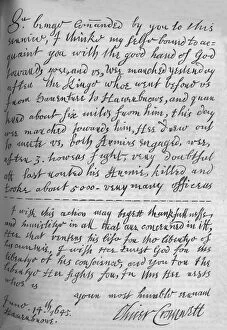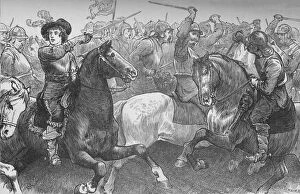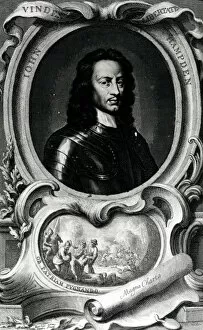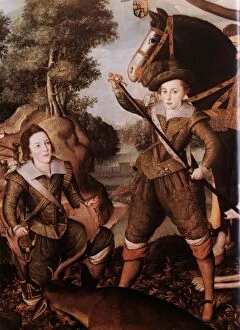English Civil Wars Collection (#4)
"Unveiling the Turmoil
For sale as Licensed Images
Choose your image, Select your licence and Download the media
"Unveiling the Turmoil: The English Civil Wars in Captivating Illustrations" Step back in time and witness the tumultuous era of the English Civil Wars through a collection of captivating illustrations. From renowned battles to influential figures, these artworks offer glimpses into this pivotal period in British history. In "Down to the Dregs, " created in 1880 by Dupuis (c1902), we are transported to a chaotic scene where soldiers fight fiercely on the battlefield during one of the bloodiest conflicts - The Battle of Naseby. This battle, depicted again in 1645 and 1727 by unknown artists, showcases its enduring significance. One cannot discuss the English Civil Wars without mentioning Oliver Cromwell, an iconic figure who played a crucial role. In an intriguing portrait from 1830 by an unknown artist, Cromwell's stern gaze reflects his determination as he navigates through this turbulent time. Edgar Bundy's masterpiece "The Morning of Sedgemoor" transports us to another significant event - Monmouth's Rebellion. Created in both 1685 and later reproduced in 1905 and 1944, it captures the tension before battle erupts on that fateful morning. Lieutenant General Lambert is immortalized through an artwork from 1785 by an unknown creator. His resolute stance symbolizes his dedication to his cause amidst political chaos. Prince Rupert, known for his military prowess, is brought to life through two depictions: one from 1830 by an anonymous artist and another from an earlier era with no attributed creator. These images showcase Prince Rupert's commanding presence as he prepares for battle at Oxford. Hampden was another prominent figure during these wars; however, details about him remain scarce. Nevertheless, two portraits dating back to around 1830 allow us a glimpse into Hampden's enigmatic persona. The Blue Boar Inn holds historical significance as it served as a meeting place for Cromwell and his supporters.

